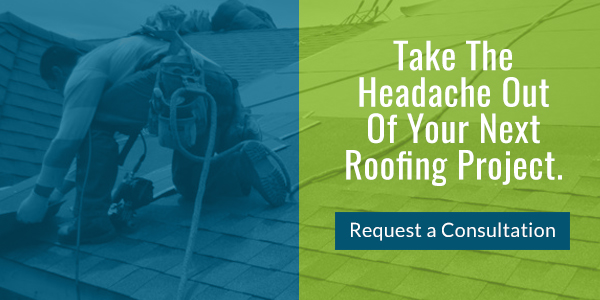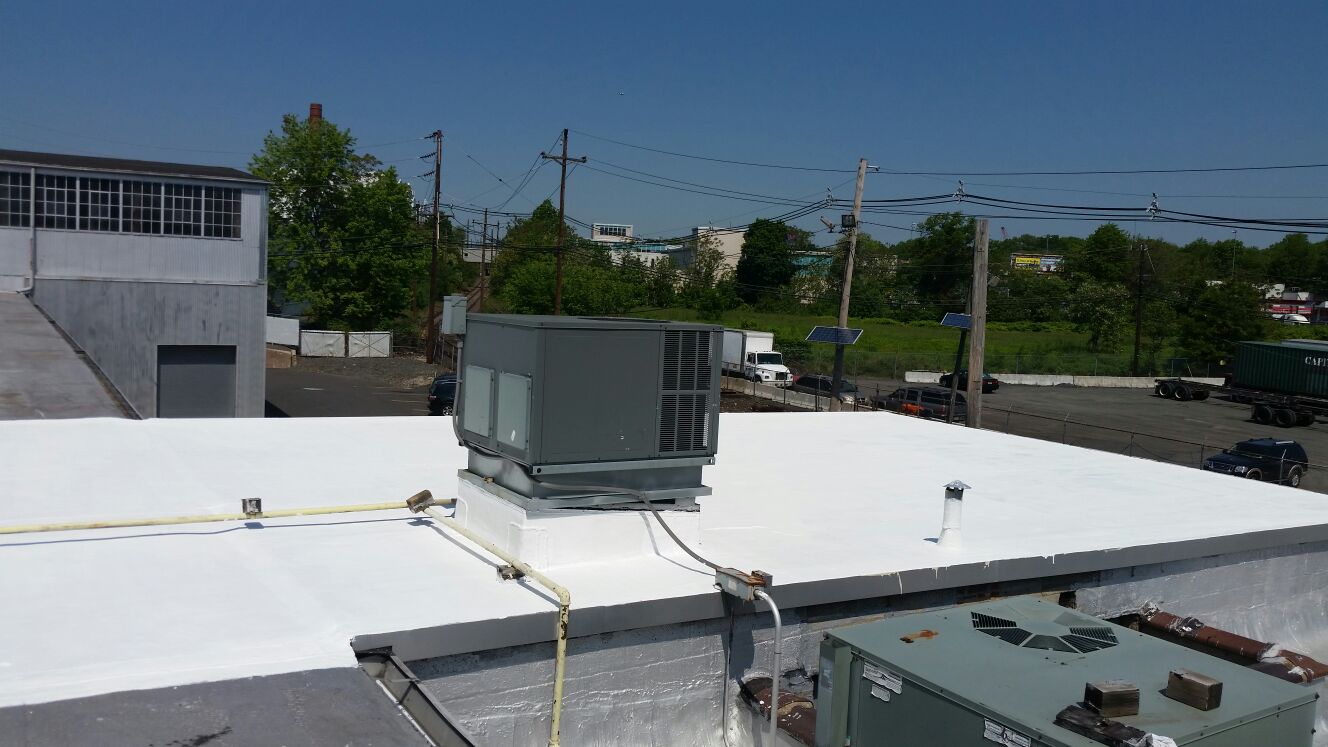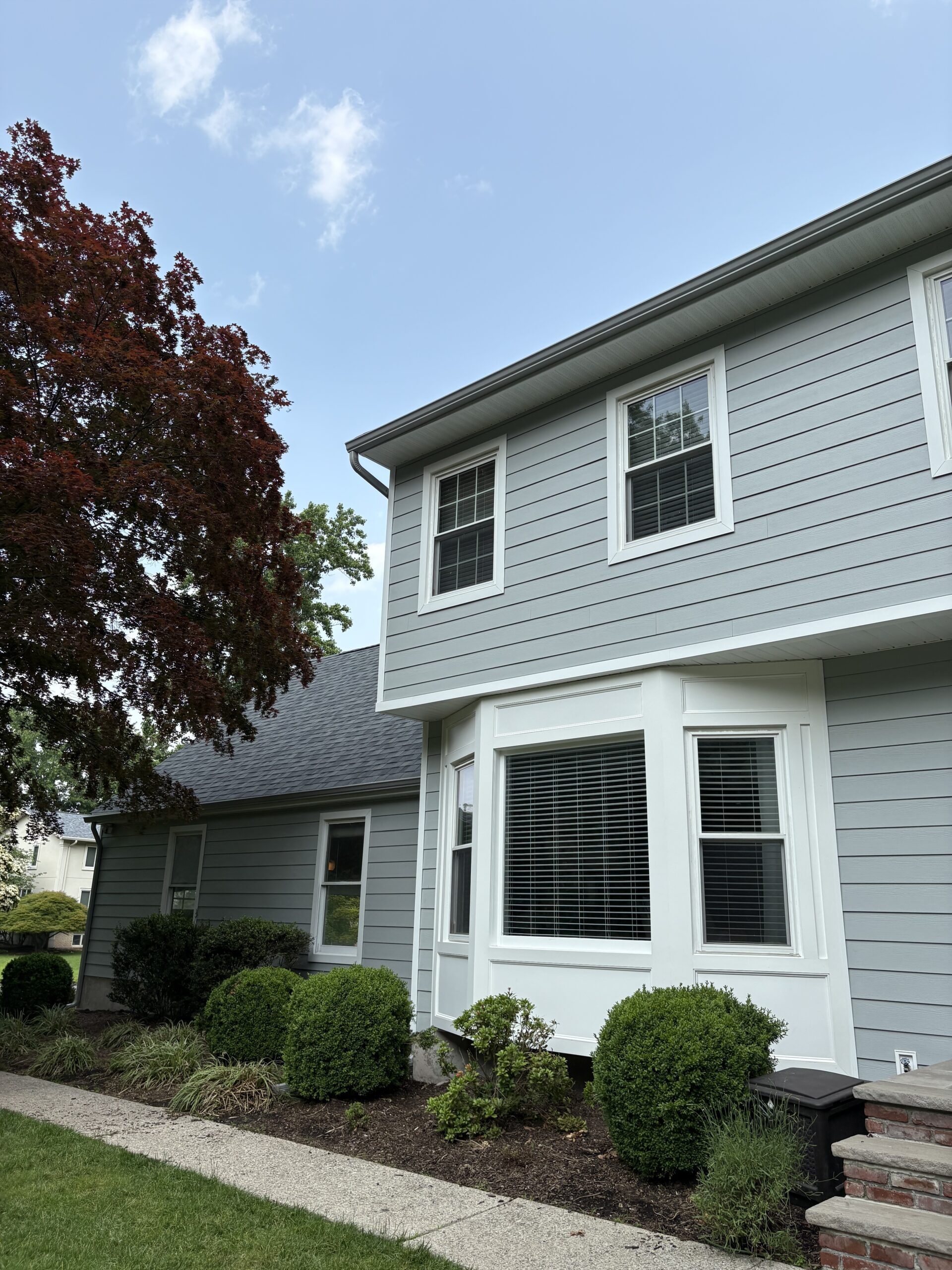The regulation of both attic temperature and humidity is important in many ways. It may reduce cooling costs in the summer and heating costs in the winter. Good roof ventilation may even prolong the life of your roofing system.
Proper interaction between attic insulation, ventilation and the roofing system is critical to lower energy costs and extended life spans for roofing materials. When 90-degree air flows into Bergen County, New Jersey, temperatures on the surface of residential roofs can reach 150-180 degrees Fahrenheit. A well-ventilated attic prevents soaring temperatures from infiltrating down through the structure below.
Understanding Roof Ventilation
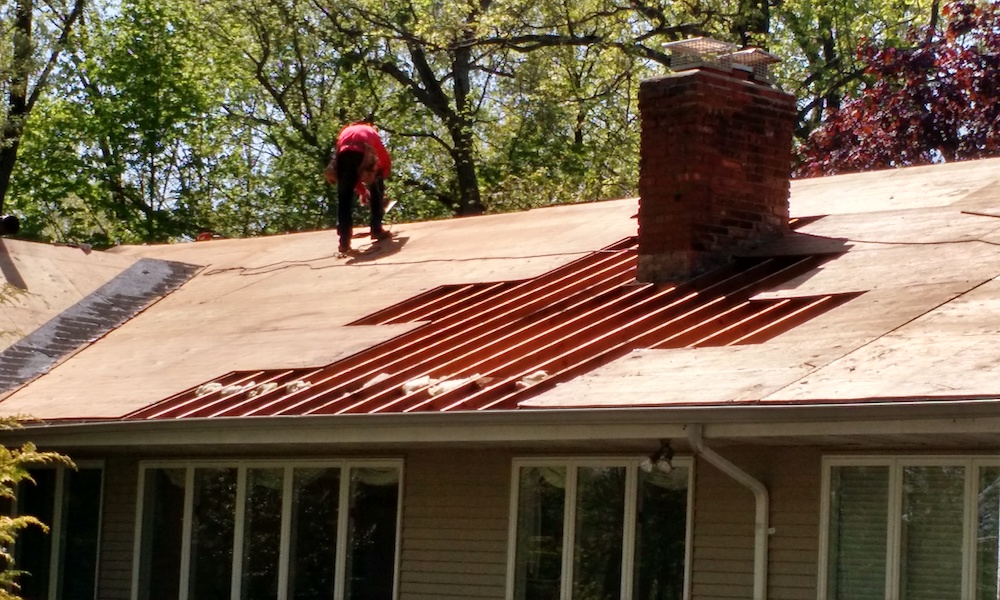 Proper ventilation evacuates humid air from the attic before it causes damage by moistening insulation and other building materials. Ideally, there is also an effective thermal barrier standing between a hot roof and the home’s occupants enjoying air-conditioned comfort below. In most attics, this thermal barrier is in the form of a layer of insulation on the floor.
Proper ventilation evacuates humid air from the attic before it causes damage by moistening insulation and other building materials. Ideally, there is also an effective thermal barrier standing between a hot roof and the home’s occupants enjoying air-conditioned comfort below. In most attics, this thermal barrier is in the form of a layer of insulation on the floor.
High-quality insulation keeps the conditioned air in your home away from the unconditioned air in your attic. The flow of air above this insulating layer is crucial to energy efficiency and proper operation of the roof system. Unfortunately, attic insulation is too often compromised by gaps or holes from ceiling fixtures and other penetrations.
Intake Vents
Intake and exhaust vents are both required to promote proper air flow. Soffit vents are commonly used as intake vents. However, when soffit or overhang access is limited, special roof vents are another option.
Exhaust Vents
There are various kinds of exhaust vents. Gable vents are located toward the top of each gable. Ridge vents usually running the length of the roof’s top ridge. Roof vents also improve ventilation when needed. They are usually added to a roof system at the rate of one per 150-300 sq ft of attic space. In some cases, roof turbines improve ventilation. Rising warm air moves the blades as it escapes from the attic.
Issues with vents
Each kind of vent has potential limitations. Sometimes, existing insulation moves enough to obstruct airflow through certain intake vents. Gable vents offer limited air circulation throughout the attic. Vents along the roofline may be more prone to leakage than others. Some vents are more likely to get clogged by debris. Periodic roof inspections can detect debris that may be reducing the effectiveness of your roof ventilation system.
Local building codes specify acceptable roof ventilation techniques. Updated codes may require improvements in roof ventilation when re-roofing occurs.
Problems Caused by Poor Roof Ventilation
Inadequate ventilation is the source of various problems.
- In the winter, warm air rising from the living space into the attic may increase ice and snow melt, expanding ice dams at the eaves.
- In the summer, a hot attic may add to the load on the air conditioner, increasing cooling costs.
- Inadequate ventilation fails to address temperature variations caused by sunlight striking different portions of the roof.
- Condensation often occurs when moist air cannot properly escape from the attic. Excess moisture in attic insulation quickly reduces its R-value, and mold becomes a possibility. Unwanted moisture may also shorten the lifespan of building materials.
Roof Ventilation Best Practices
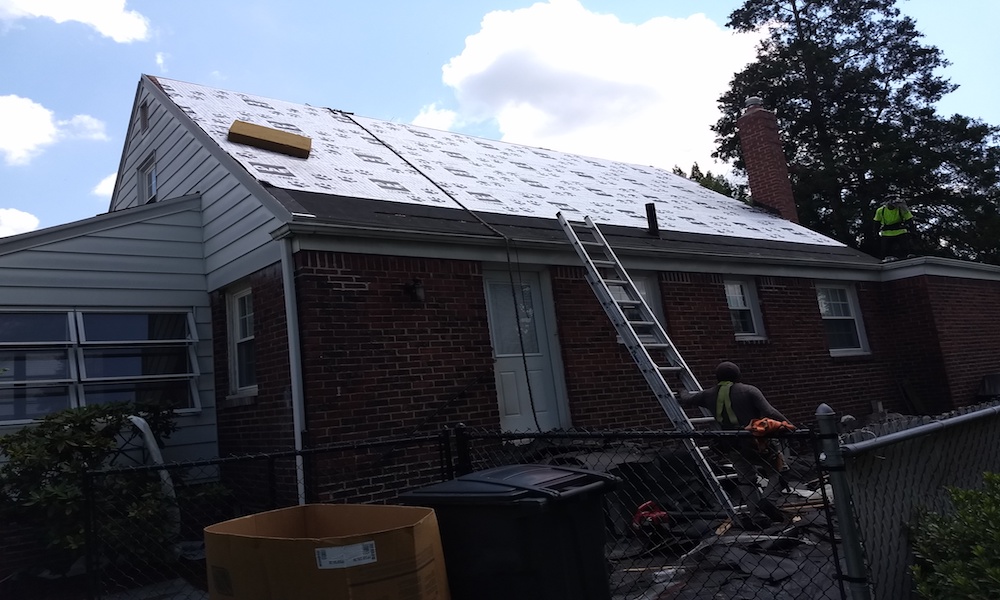
Ventilation systems should match well with the space being ventilated. Too much or too little air changing is potentially detrimental. Here are some things to consider to promote proper roof ventilation.
Stack effect
Residential ventilation systems typically use the “stack effect” to achieve the desired result. Air enters through lower openings and exits through openings located above. An effective thermal barrier in the form of attic insulation is vital to making the stack effect work as intended.
Baffles
When the air path from the intake vents to exhaust vents is blocked by insulation, baffles are the solution. The installation of baffles allows air to successfully flow past the insulation. Sometimes, especially in older residences, wood between the rafters may also impede airflow. Drilling or cutting into the wood may be needed to promote ventilation.
Attic insulation
However, if the integrity of the insulation layer is unduly compromised by holes or gaps, heated air from your living space will escape through your attic. Gaps are often found around ceiling fixtures, near the eaves and around attic access doors.
Inadequate air sealing allows conditioned air to escape from the living space. As this occurs, a like amount of unconditioned air will enter the living space, requiring your heating and cooling systems to work overtime. Energy efficiency suffers, and your monthly utility bill may increase.
All types of effective roof ventilation systems benefit from closing holes and gaps between the heated or cooled air beneath the insulation and the unconditioned air above it. Therefore, air sealing is often a key factor when improving roof ventilation.
Contact CRS for Assistance
If you suspect roof ventilation issues at your residence, we can help. CRS is a Bergen County roofing company that has served area homeowners since 1977. Our team of roofing professionals understands how proper ventilation will improve the performance and prolong the life of your roofing system.
We are a true full-service Bergen County roofing company offering everything from routine inspections and maintenance to full roof replacements. To schedule a visit with our certified roof inspector, please contact us today.

